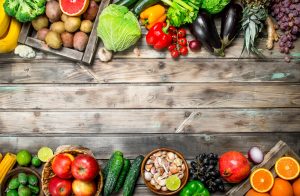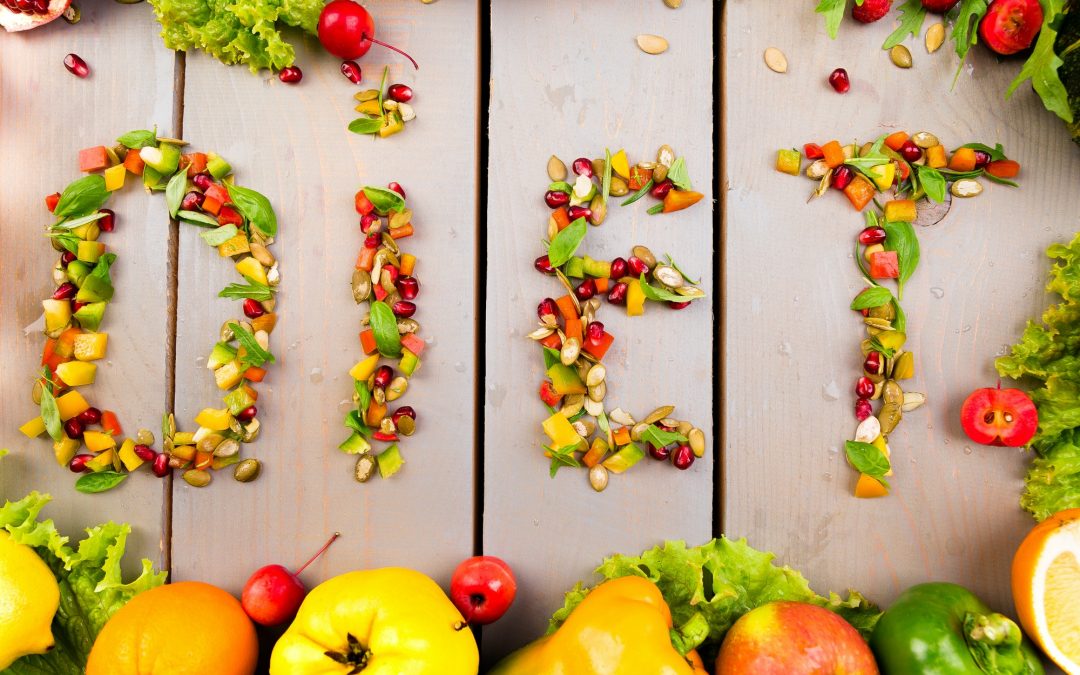By following these quick DASH diet guidelines, eating for better blood pressure is easier than ever. Read our quick overview here.
The DASH diet (Dietary Approaches to Stop Hypertension) focuses on improving blood pressure through healthy eating. By eating the right portion sizes, foods, and nutrients, you can start enhancing your health right at home.
The following is a quick overview of how the diet works. To read the guide in full, as well as find recipe examples, visit dashdiet.org.
Sodium Levels
The diet limits the amount of sodium in your daily diet to two different versions: the standard and the low sodium diet. The standard DASH diet limits salt intake to 2,300 milligrams (mg) per day, while the low sodium has a 1,500 mg limit.
By limiting to 2,300 mg per day, the DASH diet meets the recommendation from the Dietary Guidelines for Americans. Furthermore, the American Heart Association (AHA) recommends an upper daily limit of 1,500 mg for all adults.
 DASH Diet Guidelines, Eating for Better Blood Pressure
DASH Diet Guidelines, Eating for Better Blood Pressure
The DASH diet focuses on eating a lot of fruits, vegetables, whole grains, and low-fat dairy products. Moreover, it also includes lean meats, fish and poultry while allowing a small amount of nuts and seeds.
Grains
- For grains, it recommends between 6 to 8 servings per day and a preference for whole grains. Examples include whole-grain bread over white bread, brown rice over white rice, and whole-wheat pasta over regular pasta.
Vegetables
- Consume between 4 to 5 servings of vegetables per day and choose the ones high in fiber and other nutrients. Frozen and canned vegetables are fine; simply examine the label and choose the ones with low (or no) sodium content.
Fruits
- Eat 4 to 5 servings of fruits per day, as they are rich in fiber, potassium, magnesium, and other valuable nutrients. However, if you’re currently taking medications, talk with your doctor before eating citrus fruits as they may have interactions.
Dairy
- For dairy, stick between 2 to 3 servings a day and choose products that are low-fat and fat-free. Those who have trouble digesting dairy products can opt for lactose-free alternatives.
Lean Meats, Poultry, and Fish
- While they are still part of the diet, only consume about 6 one-ounce servings or less per day. Opt for heart-healthy fish like salmon and tuna and trim away any skin and fat from poultry and meat.
Nuts, Seeds, and Legumes
- Keep your servings here between 4 to 5 servings per week, as they are generally high in calories. However, they are also rich in fiber and phytochemicals that can promote your health in various ways.
Fats and Oils
- While fats can help absorb essential vitamins, they may also increase the risk of heart disease. Consume between 2 to 3 servings per day and avoid trans fat, which are usually found in processed, baked, and fried foods.
Sweets
- The DASH diet has some room for sweet treats, but it limits them to 5 servings or less per week. However, it’s best to opt for fat-free, low-fat sweets like sorbets and graham crackers over those with artificial sweeteners and added sugars.
The Outlook
This article is meant to help people “dip their toe in the water” and get a quick understanding of what the DASH diet entails. It’s considered one of the best diets for improving high blood pressure, so be sure to check out their website for a full breakdown.
Meanwhile, you can give your blood pressure a healthy boost by trying L-arginine Plus. It increases nitric oxide production, resulting in better circulation and lower blood pressure.
Try it alongside the DASH diet to experience an extra boost to your heart health.

